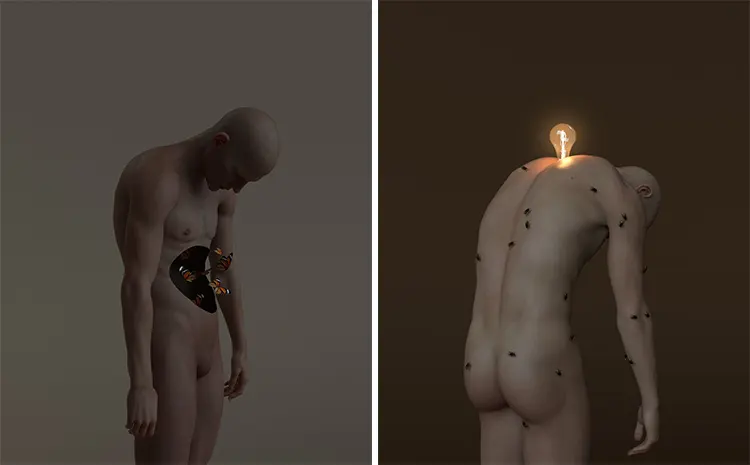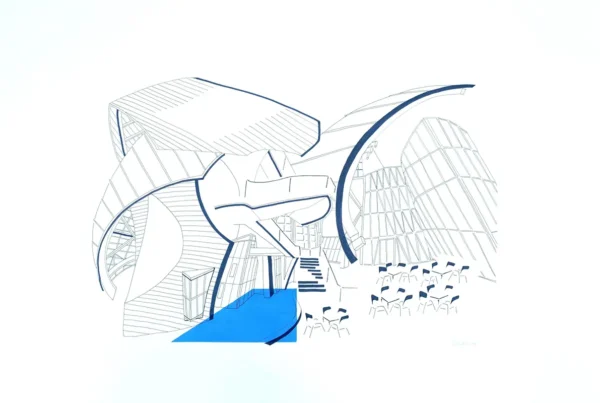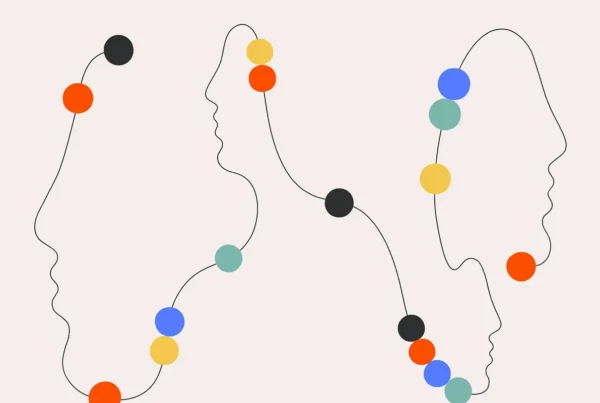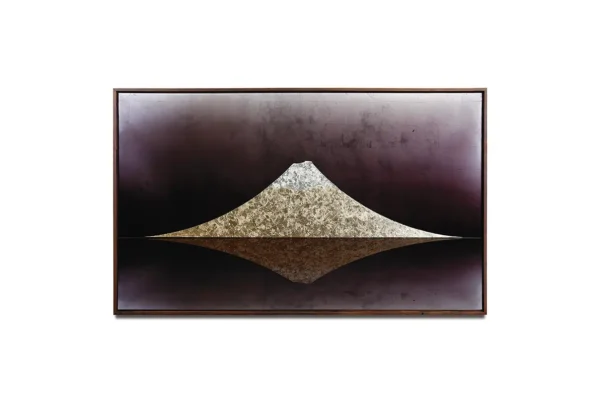“I started studying 3D as a way to enhance my creations. It worked out so well that it has become what I am recognized for today.”
A Lifelong Engagement: Paulo Abreu’s Artistic Odyssey
Paulo Abreu, a Brazilian visual artist, first plunged into the realm of art from an early age. Born into a family where creativity was highly prized, he was deeply influenced by his older brother, a passionate musician. Their mutual admiration for the arts led to shared dialogues about creativity, music, and even a joint venture into forming a band, despite Abreu’s self-admitted lack of musical prowess.
Abreu also embraced the world of dance for several years. However, it was the allure of photography that captivated him. From the moment he discovered this medium, there has not been a day when he has not been engaged in something linked to his photographic passion.
The conscious decision to “become an artist” was not an epiphany Abreu experienced. Rather, he was drawn towards activities associated with the artistic lifestyle. As he started participating more in these pursuits, the label of ‘artist’ began to be attributed to him by others, a title he found satisfyingly apt. Abreu’s journey into contemporary art began to gain momentum as he showcased his work on social media platforms. This exposure led to increasing opportunities, marking the initial phase of his artistic recognition.
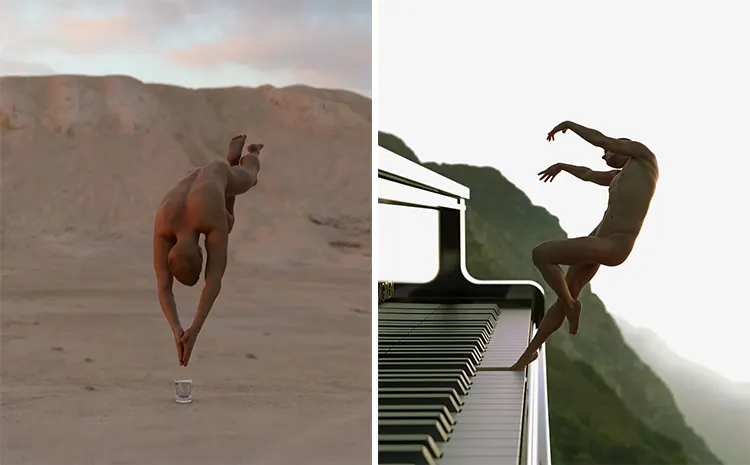
The Artistic Lifestyle: Paulo Abreu’s Journey of Self-Identification
Renowned for his photographic work, Paulo Abreu has always eschewed convention, harnessing the raw material of reality and transforming it through deftly applied surrealistic flourishes. His penchant for distorting the ordinary echoed his desire for creative autonomy. The global pandemic, while placing severe limitations on physical photoshoots, indirectly fostered the birth of a new artistic direction. Isolation and an intrinsic drive towards greater innovation fueled Abreu’s journey into the realm of 3D, a platform he utilized to elevate the intricacy of his art.
The transition was a triumphant one, and today, it is this sphere of 3D artistry that earns Abreu the acclaim he enjoys. A lesser-known facet of his creative personality reveals a poet, albeit a casual one, crafting verses with a light touch.
Abreu’s oeuvre could be best defined as digital artistry deeply informed by his photographic prowess, and punctuated with surrealistic elements. His primary allure lies in the exploration of the myriad facets of human nature and experience. Whether it is manifesting emotions, crafting visual metaphors, or presenting unconventional perspectives, his work thrives on probing beneath surface appearances. It is this underlying fascination that renders Abreu’s work a compelling journey into the depths of the human psyche.

Inspiration and Execution: Paulo Abreu’s Dualistic Dance
Paulo Abreu’s artistic journey is an embodiment of a dualistic dance between inspiration and execution. When on a quest for inspiration, he bathes in the melodic waves of music, often finding fertile ground for creativity within its lyrics. Once the concept crystallizes within his mind, the process transitions into a silent and solitary act of execution.
In his undisturbed sanctuary, Abreu thrives under the cloak of darkness, embracing the serenity that the night offers. His workspace, devoid of ostentatious elements, is a testament to simplicity, housing only himself, his faithful canine companion, and his digital toolbox – his computer. Creativity, for him, is not ensnared in ritualistic rigidity, but rather flourishes in a state of comfort.
Every creation of Abreu is a unique tale told through visual cues, imbued with its distinct symbolism. The narrative behind “Sobre amores vãos” holds a particular resonance for him. This piece, his maiden artwork to grace prominent media platforms, marked a seminal milestone in his artistic career.
What makes this creation’s story compelling is its birth from dissatisfaction. The initial rendition of “Sobre amores vãos,” despite a lukewarm reception on social media, stirred within Abreu a sense of unfulfillment. An internal critical scrutiny led him to obliterate the initial image and breathe life into a second, revised version. The revamped image was met with unparalleled appreciation, reaching audiences and platforms beyond Abreu’s expectations.
The evolution of “Sobre amores vãos” is a testament to the potency of self-reflection and the bravery to embrace change. It serves as a poignant reminder of the power of resilience and the artistic courage to attempt again, thus resisting the pitfall of surrendering to initial failures.

Navigating Influences: Paulo Abreu’s Curiosity-Fueled Creativity
Navigating the complex web of artistic influences, Paulo Abreu often posits that his inspirations are not static entities. This dynamic panorama of stimuli houses a number of cherished artists, but he underscores the importance of separating admiration from influence. His ceaseless curiosity, always on the hunt for the new and intriguing, is what genuinely fuels his artistic inspirations. Yet, instead of turning towards the visual, Abreu demonstrates an idiosyncratic preference for textual references.
Music is frequently singled out by Abreu as a potent source of inspiration, and his auditory explorations continually lead him to both emerging talent and established icons. Specifically, his Brazilian roots play a profound role in his creative process, with his appreciation for national music and literature providing a rich tapestry of cultural reference points.
Abreu has yet to embark on the journey of hosting an individual exhibition, an experience he views with anticipatory enthusiasm. Among his ambitions are intriguing ventures such as publishing a book and collaborating with musicians on album cover designs, extending the influence of his art beyond the traditional confines of the canvas. The prospect of sculpture and urban public installations hint at his desire to experiment and challenge artistic boundaries.
Despite the grandeur of his ambitions, Abreu retains a sense of gratitude for his present trajectory. At just 31, he is already imagining a lifetime of artistic exploration and creation. His philosophy seems to be rooted in taking life as it comes – a testament to his open-minded approach to both his art and life.
